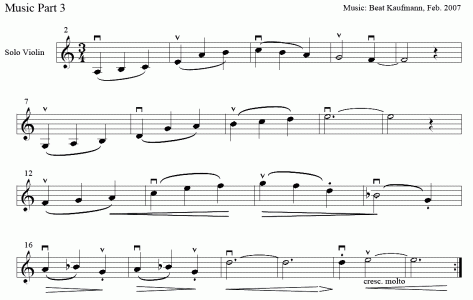Legato is a connected note, so it’s sampled with the “slide” connection to the next note, or it’s done electronically, where a sustain note has no connection to the next note. On a sampled instrument usually legato patches only play one note at a time, with the connection, where sustains can play many notes at a time because they don’t have to worry about which note it’s connecting to.
I really like Afflatus Strings because it has Poly legato, where you can play many notes at once and the instrument figures out which notes will connect to which next notes. I hope more developers will add polylegato.




